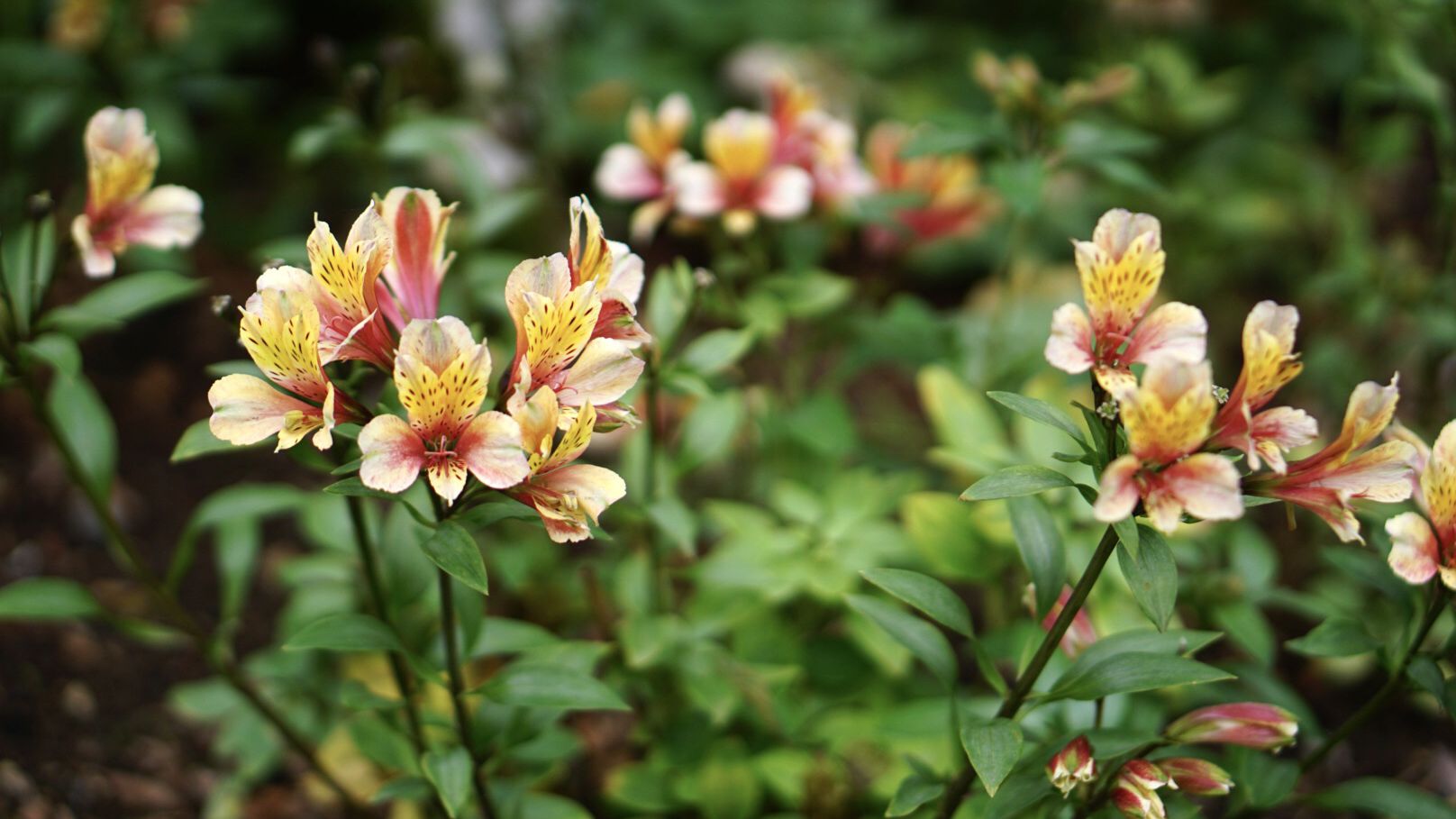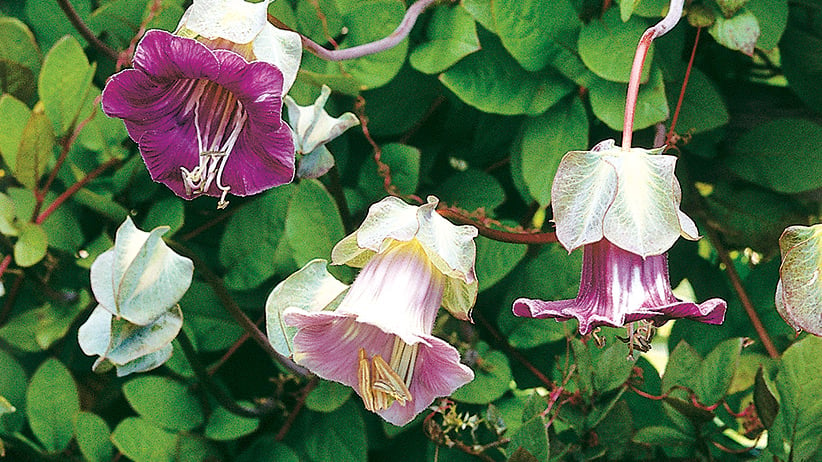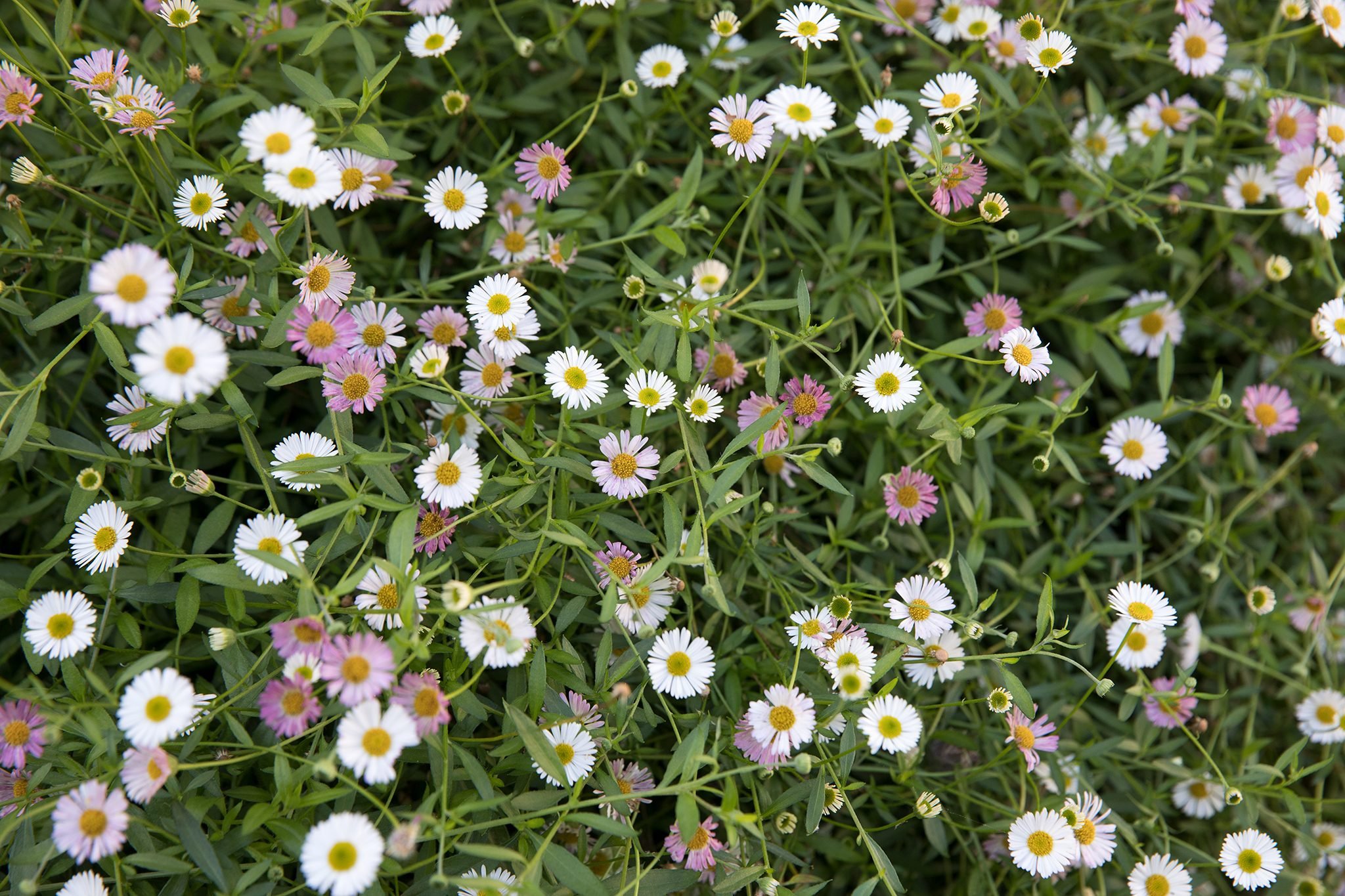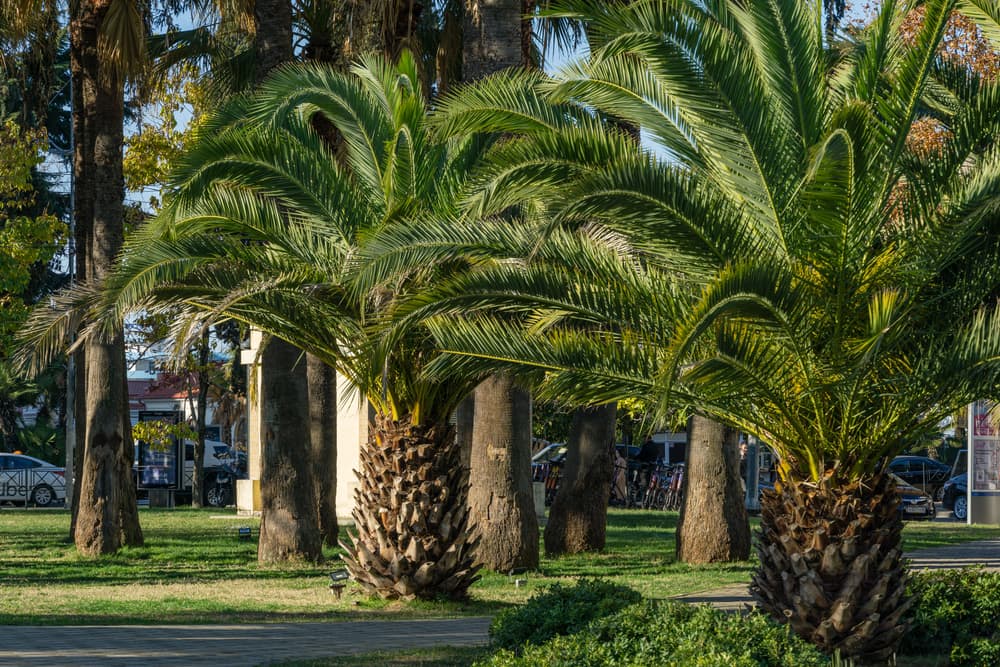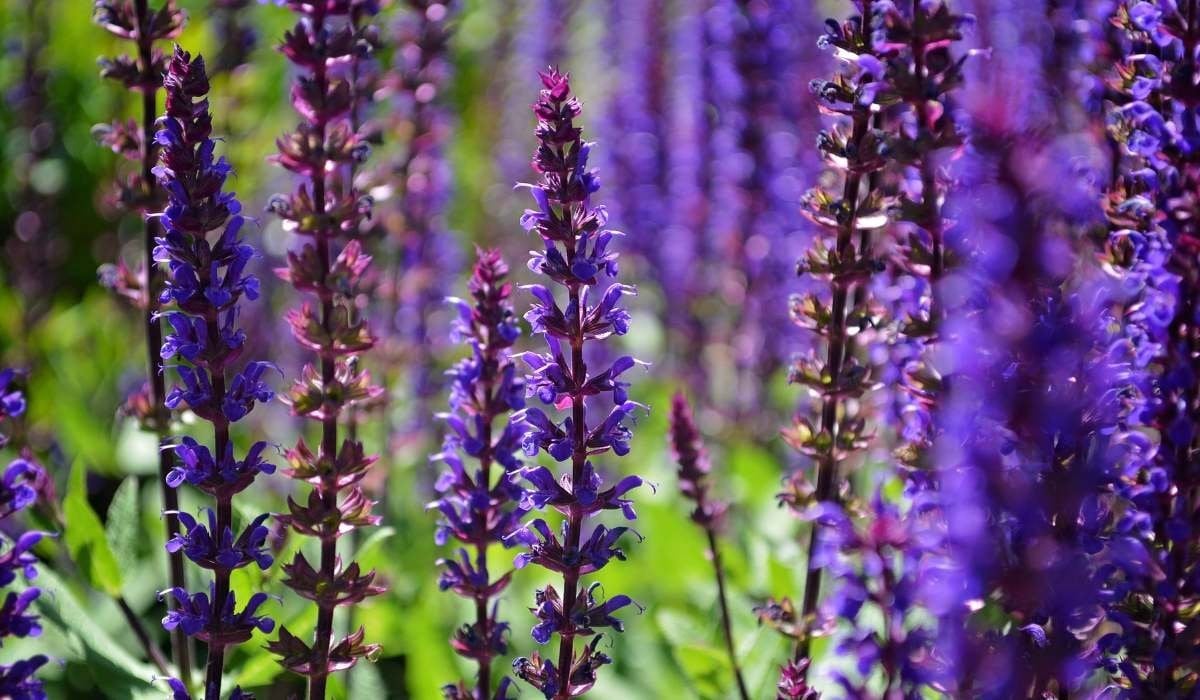Are Curly Willows Invasive?

Table of Contents
Are you curious about growing willows in your yard? Wondering about growing willow in pots? Scared of the aggressive roots with the potential to damage infrastructures? Well, we have everything sorted for you.
Curly Willows, no matter how pretty, rustic, and generous they seem, come with hazardous warnings and rough implications. Planting a Curly Willow is a very easy task, but maintaining it, pruning it, and trimming it is daunting, worrisome, and time-consuming.
Today, we are here to delve into the depths and dig out the ‘roots’ of this very invasive plant, its characteristics, its attacking area, and all that is required for you to know before planning to plant a ‘Torture Willow tree’ in your designated area.
Everything You Must Know About Curly Willows
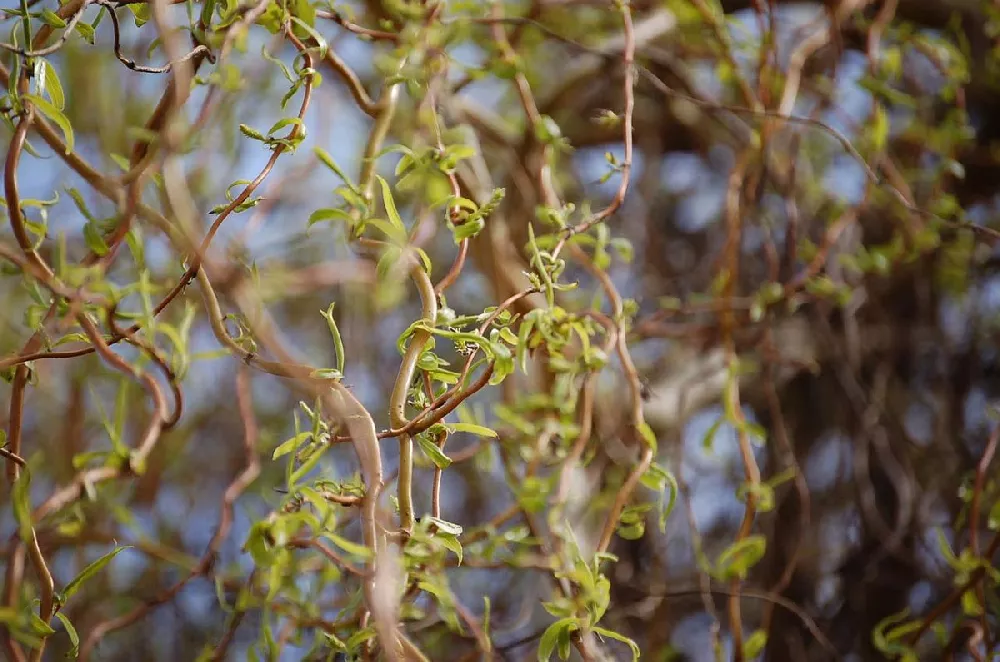
Curly Willows are beautiful tree structures with the potential to turn your smooth life upside down. Like any growing baby, these trees require proper attention, food, and pruning, and if given all of that, your baby tree can grow to its fullest in no time, harmless and ready to bless your garden with beauty bounties.
But before you plant them, there are a few basics that you must know before planning to plant them in your nearby areas.
What are Curly Willows Exactly?
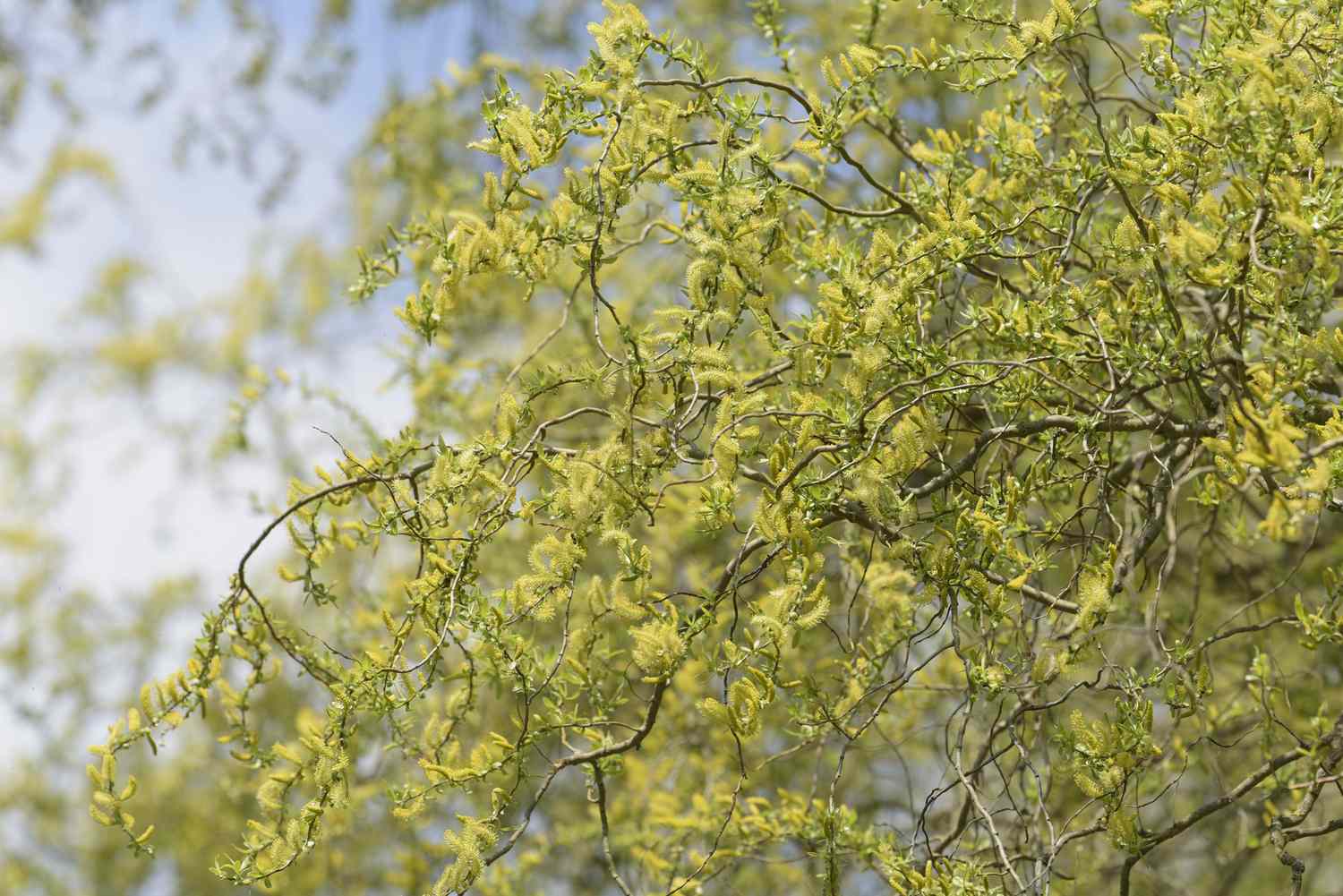
A tree that has many names, Curly Willows, are often called ‘Corkscrew Willows’ or even ‘Torture Willows.’ These trees are different from ‘Weeping Willows’ and stand erect from the ground, a feature that Weeping Willows lack as they lay spread on the ground.
Curly Willows are scientifically named after and in honor of a Chinese botanist, Sadahisa Matsuda, and are called Salix matsudana ‘Tortusa,’ hailing from Northeastern China.
These trees are categorized in the section of ‘deciduous trees’ with unique branching habits. The branches of these trees initially grow in a horizontal pattern and then twist and curl, giving the shape of a corkscrew and, hence, are generalized as ‘Corkscrew Willows’ or ‘Curly Willows.’
Are Curly Willows Invasive?
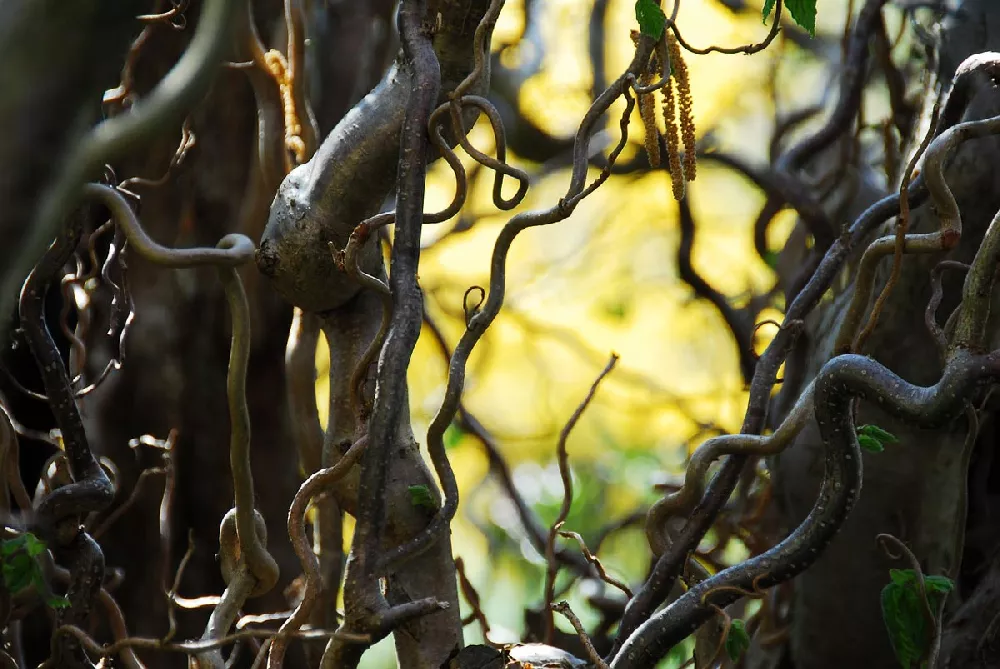
The raging question is here again. But instead of beating the bush, we have an answer for you. Not only are curly willows invasive, but also they are very aggressive. Their roots spread twice their size; that is, if your tree is 30 feet tall, be prepared for a root spread of 60 feet below the ground.
These root structures are pretty strong and invasive and carry the potential of damaging the nearby infrastructure, like sidewalks or even your house’s foundation.
Curly Willows have a shallow and moisture-seeking root system. Thus, it is preferable to plant them away from residential areas, or else, these invasive plant can lay their spoon and forks on your underground water pipelines, sewer, and your neighbor’s waterlines, which, of course, you would never want.
Where to Plant These Invasive Curly Willow Trees?
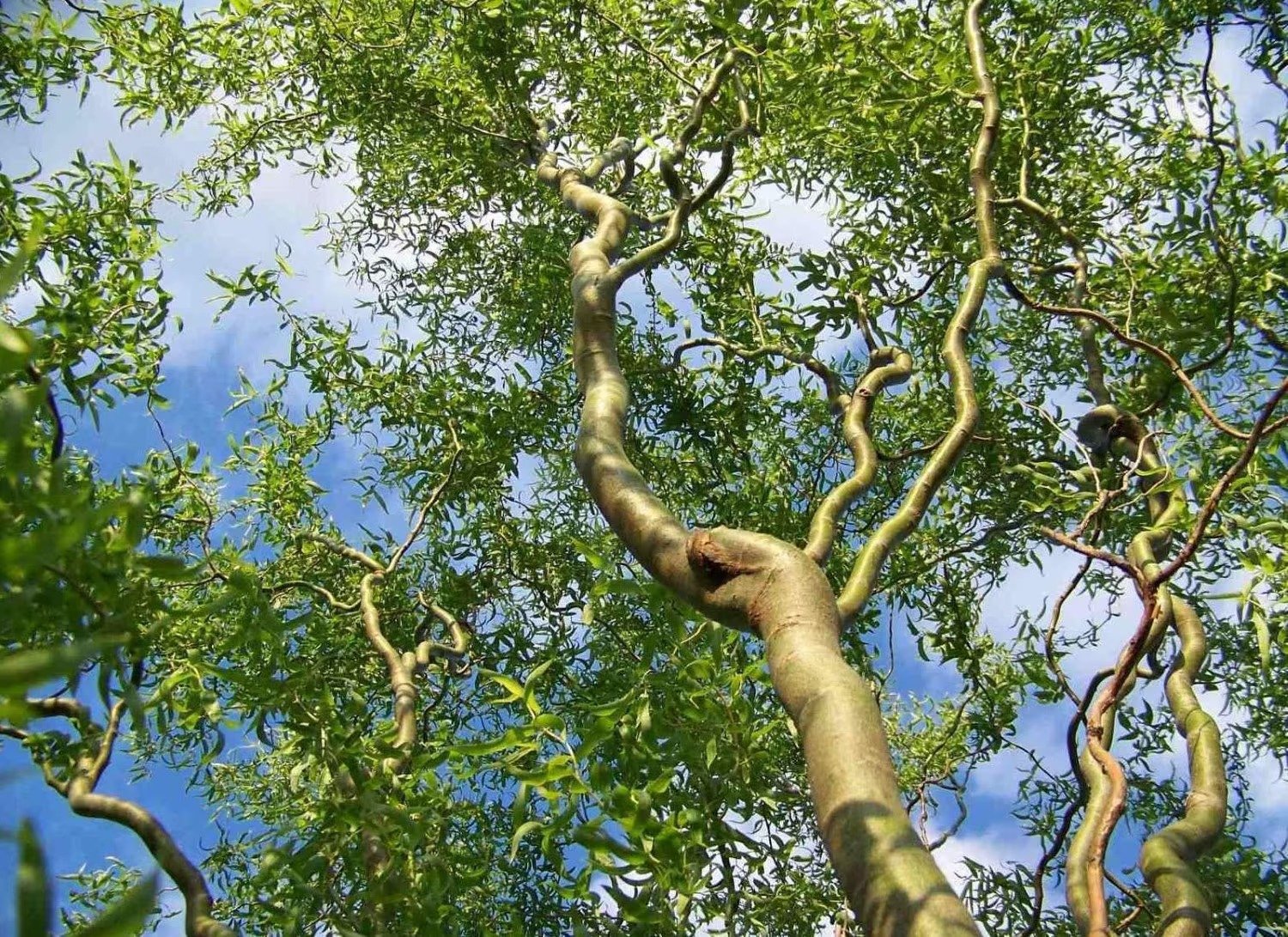
Always look for a garden or a place that has enough space for your tree to grow. These trees mature quite early, so you will know when and how to prune them at an early age. Plant these trees in moist soil with exposure to full or partial sunlight. Try planting these trees away from other plants and structures. Proper maintenance, care, and pruning are advised, as these trees are both delicate and invasive.
We have a pro tip for you. Always prune your curly willow trees during fall and winter. This will limit their extensive root spread and ensure the healthy growth of your Torture Willow.
Are These Curly Willows Harmful?
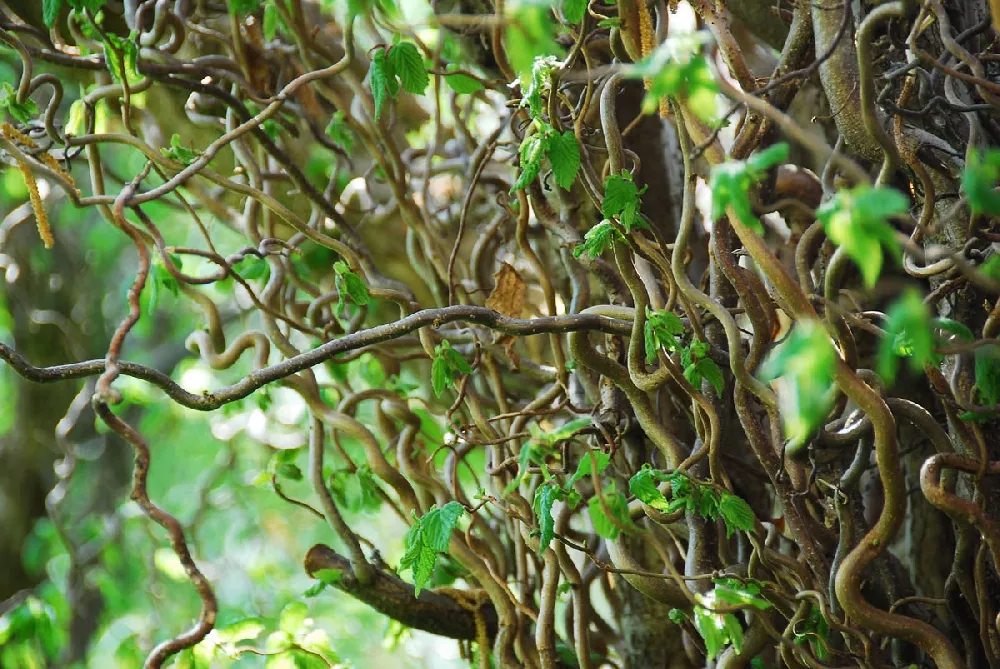
The biggest problem with Curly Willows is that they can invade and take over large parts of land if not kept in check. Due to this reason, constant pruning and, at times, removing them completely is recommended.
The roots of these trees can grow up to three times their canopy, and a healthy willow tree can grow up to the size and height of 12 feet, which means the roots can spread up to 24 to 36 feet in total. The roots here are robust and can damage structures like walkways or driveways coming in their way. Also, since they require active nutrients, water, and sunlight, they may absorb more and leave behind way too little for the nearby vegetation.
These Curly Willows can potentially damage your property, particularly by crowdsourcing, spreading diseases, and depleting the soil quality in that area. These trees are banned in a few parts of the world, and we don’t wonder why.
Why Plant These Invasive Trees?
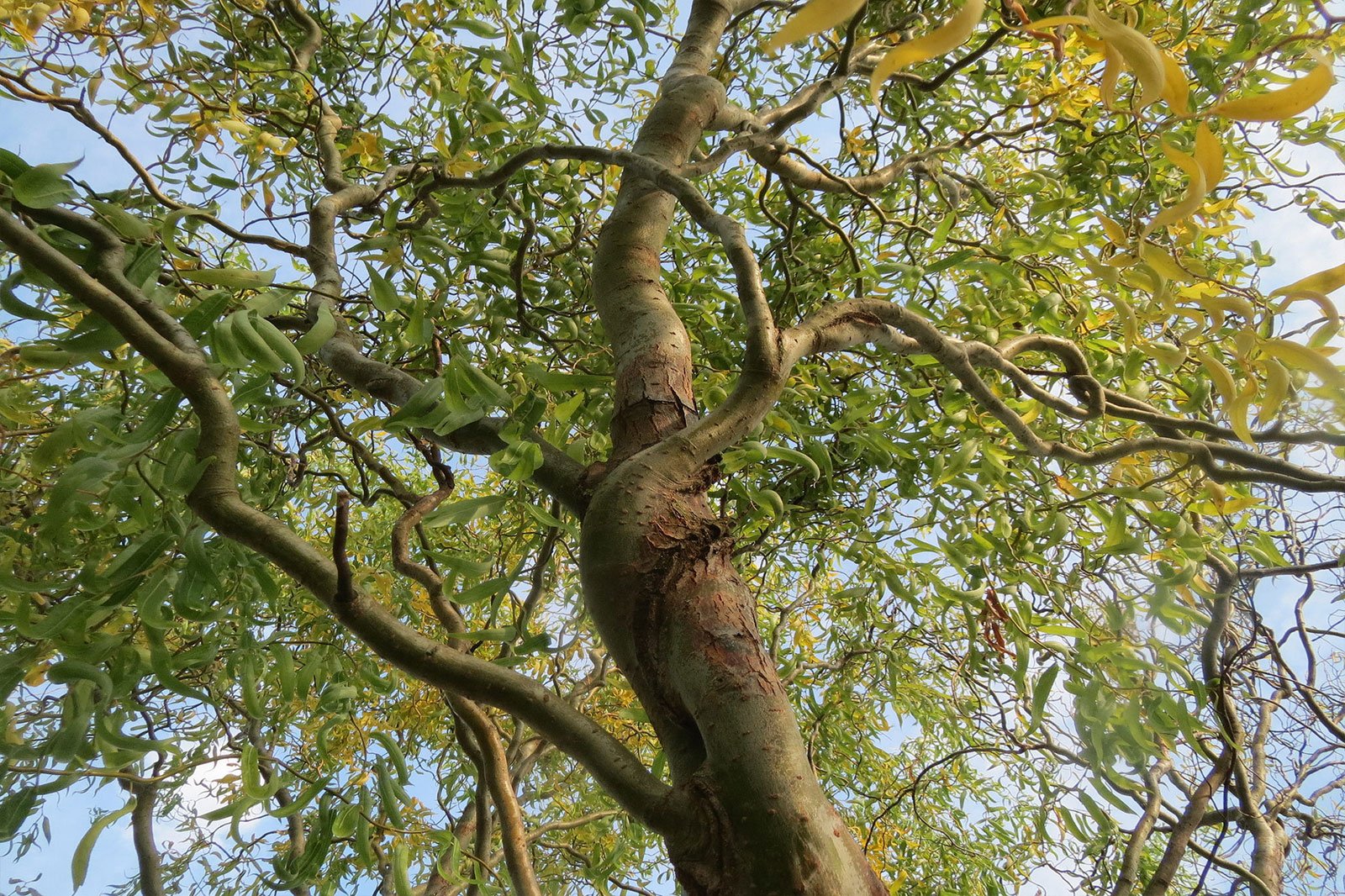
Curly Willows are deciduous trees, that is, a tree for all four seasons. They are beautiful, giving a rustic charm to your area. During spring, they glaze themselves with beautiful buds, while in summer, beautiful fall-shaded leaves offer cozy shelter to those who pass by.
Autumn is particularly beautiful as the leaves turn pure yellow before falling on the grounds, and winter is complimented by dramatic Curly Willow’s twisted branches devoid of leaves and buds.
What Are the Red Lights for Curly Willows?
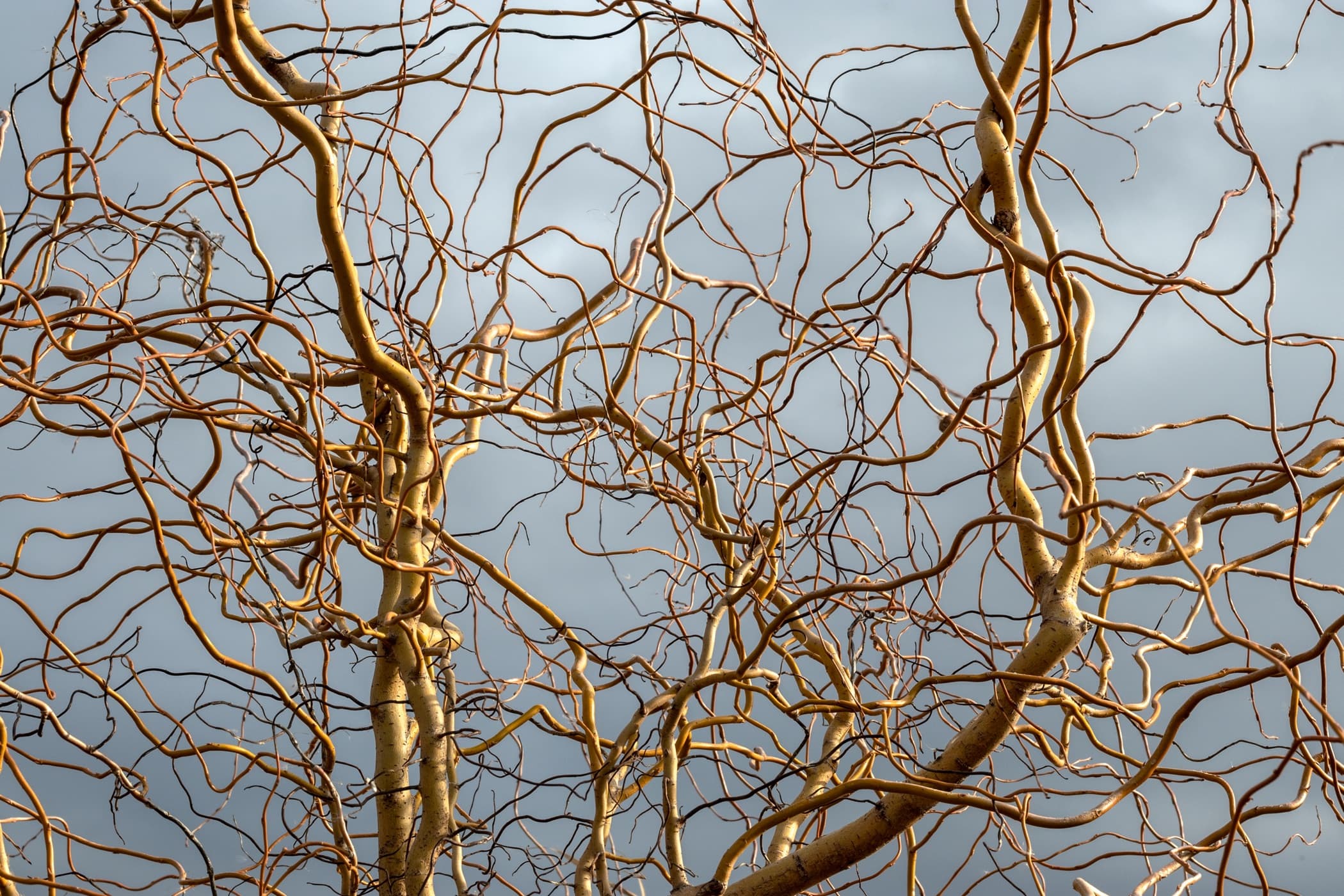
Curly or Torture Willows are very short-lived. They mature in around two to three years with proper care, but after that, the leaves and branches start getting brittle, their trunks getting weak and prone to weather breakage up until their death.
These Curly Willows are the center of attraction for aphids, gypsy moths, borers, and willow beetles. Curly Willows are generally disease-resistant but can be adversely affected by these pests and insects if not taken care of in time. Powdery mildew and leaf spotting is yet another raging problem for Curly Willows.
These trees are invasive and pretty difficult to remove. Once the insects are on these willow trees, your other vegetation will be at risk, too. Removing them can be very expensive and time-consuming, so plant curly willows, but only if you can take proper care of them, and that too, at your own risk.
Wrapping Up
So, this was all about torture trees. Owning up many names and beautifying many gardens, these Chinese Deciduous Trees are one of a kind, attracting attention, craving care, and blessing beauty all year round. We have summarised all the eyebrow-raising factors to provide you with guidance and help you in making the right decision.
Now that you know about all the plus and minuses, you are good to go and get a Curly Willow for your garden, but make sure they are in a safe space without the risk of damaging your housing structures.

